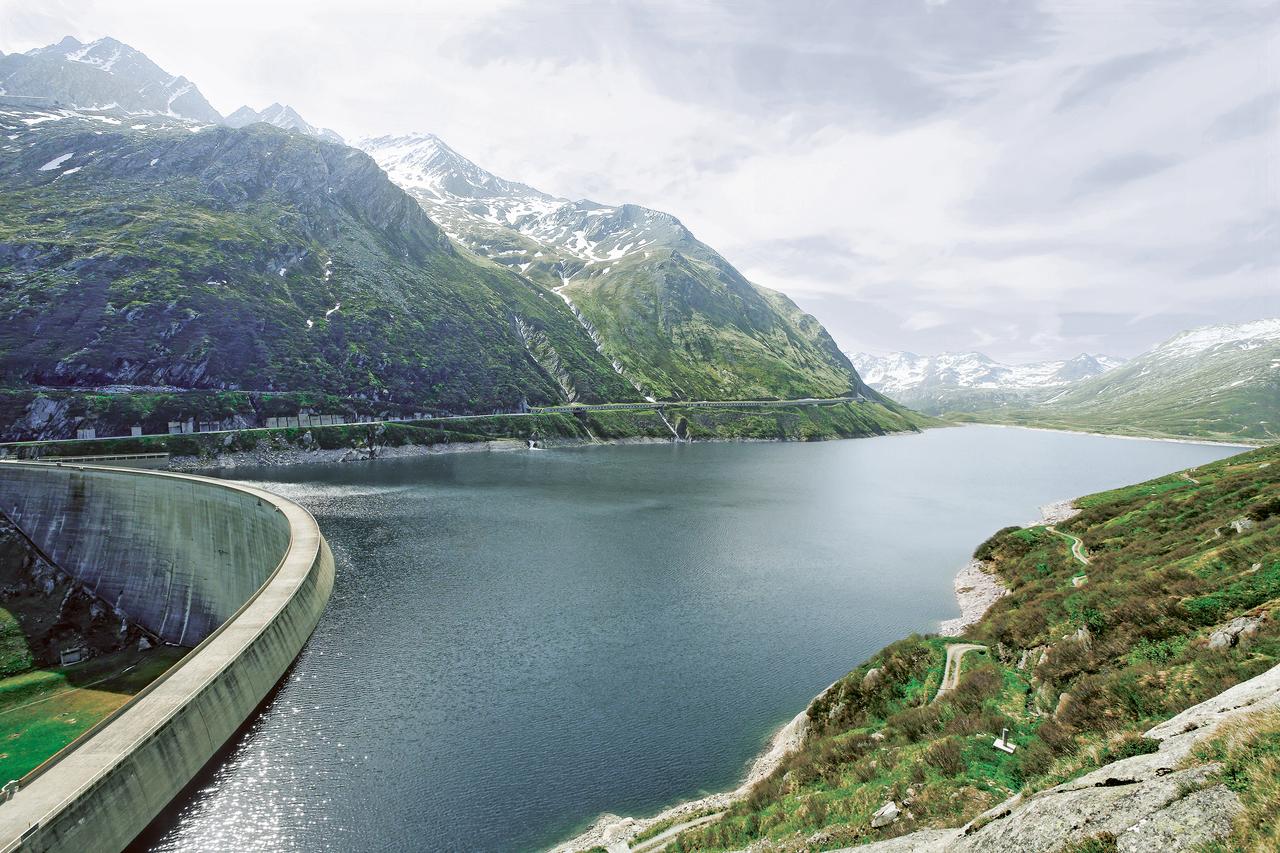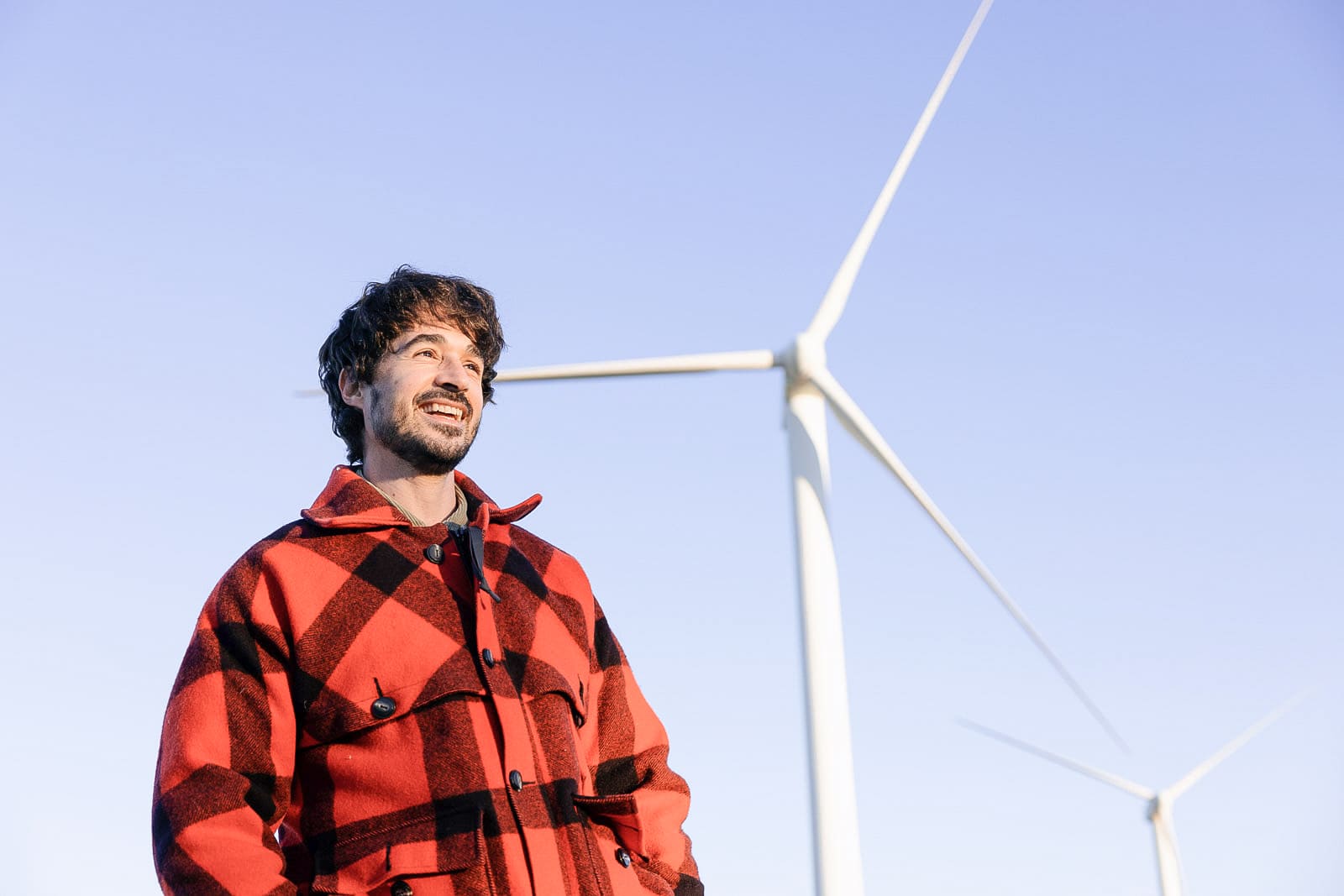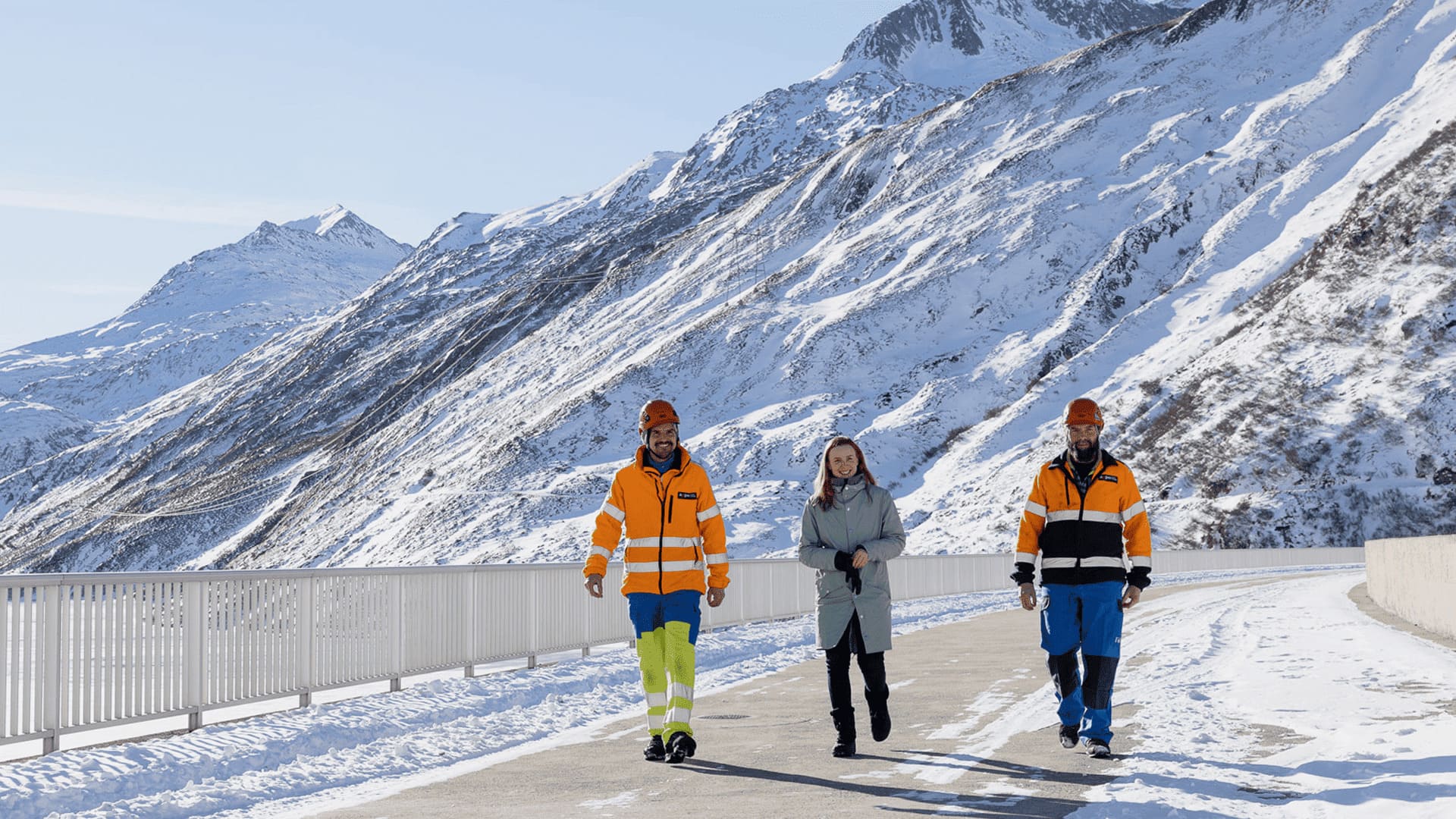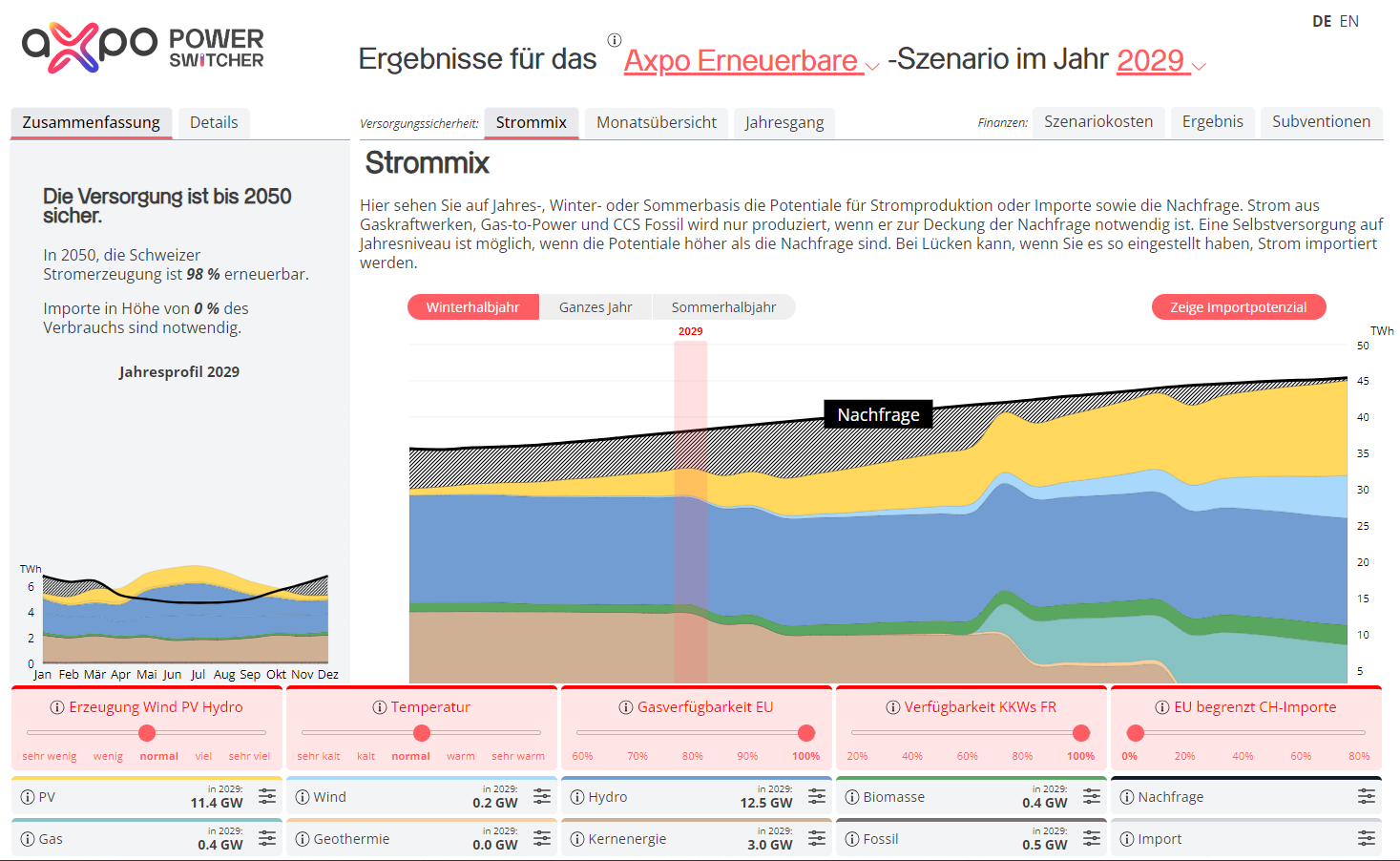Alpine solar plant at Muttsee supports grid stability
21.08.2025 - Switzerland’s largest alpine solar installation will provide balancing energy to the national grid operator, Swissgrid, from August 2025. The 2.2 MW facility forms part of the pioneering PV4Balancing pilot project, contributing to grid stability by helping to balance fluctuations in supply and demand.
AlpinSolar, located on the Muttsee dam wall, is participating in Swissgrid’s PV4Balancing pilot initiative. The project aims to harness electricity generated by photovoltaic systems as tertiary balancing energy, supporting the reliable operation of the Swiss power grid. Until now, solar power has represented a largely untapped resource for balancing energy requirements.
Photovoltaics as part of the solution
Solar power generation is inherently weather-dependent, making accurate production forecasting a challenge. This variability poses a significant hurdle for grid stability, as supply and demand must be continuously balanced. PV4Balancing is designed to demonstrate that photovoltaic installations can also provide solutions for managing grid fluctuations. When there is surplus electricity in the grid, the Muttsee solar plant will reduce output at Swissgrid’s request. As PV installations typically have a smaller capacity compared to conventional balancing power plants, the pilot project aggregates multiple PV systems for joint marketing and participation.
AlpinSolar’s involvement in this innovative project highlights the commitment of its pioneering partners – Axpo and IWB as owners, and Denner as the long-term electricity off-taker – to advancing the energy transition and safeguarding grid stability. Through close collaboration with Swissgrid, the full potential of solar energy can be realised and its integration into the overall energy system further enhanced.
What is balancing energy?
For the electricity grid to function reliably, production and consumption must always remain in perfect balance. Only then can the grid frequency be maintained at a stable 50 hertz. When fluctuations occur, Swissgrid, the national grid operator, deploys balancing energy – an essential reserve that can either inject additional electricity into the grid or absorb excess power as needed.
Balancing energy is classified into three categories: primary, secondary, and tertiary. In the event of imbalances, primary balancing energy is automatically activated within fractions of a second, followed by secondary balancing energy after just a few seconds. If the fluctuation persists, Swissgrid manually activates tertiary balancing energy after 15 minutes.
So-called “pooling” makes it possible to aggregate numerous smaller units such as combined heat and power plants, battery storage systems, or flexible consumers into a virtual power plant. The combined capacity can then be traded on the balancing energy market and deployed in a targeted manner to stabilise the grid. In this way, even smaller installations can make a significant contribution to grid stability while generating additional revenue.
Pooling has seen remarkable growth in recent years. In 2017, Axpo Group’s pool included just 41 installations; by 2025, this number had soared to over 1,700 units across 15 different technologies. Axpo’s subsidiary CKW operates Switzerland’s largest virtual power plant through its Flexpool, which now boasts a capacity exceeding 1,400 MW – surpassing even the output of the Leibstadt nuclear power plant.
- News release View Send email Download
- Image Muttsee solar plant Send email Download
Axpo Holding AG
Corporate Communications




.jpg)





